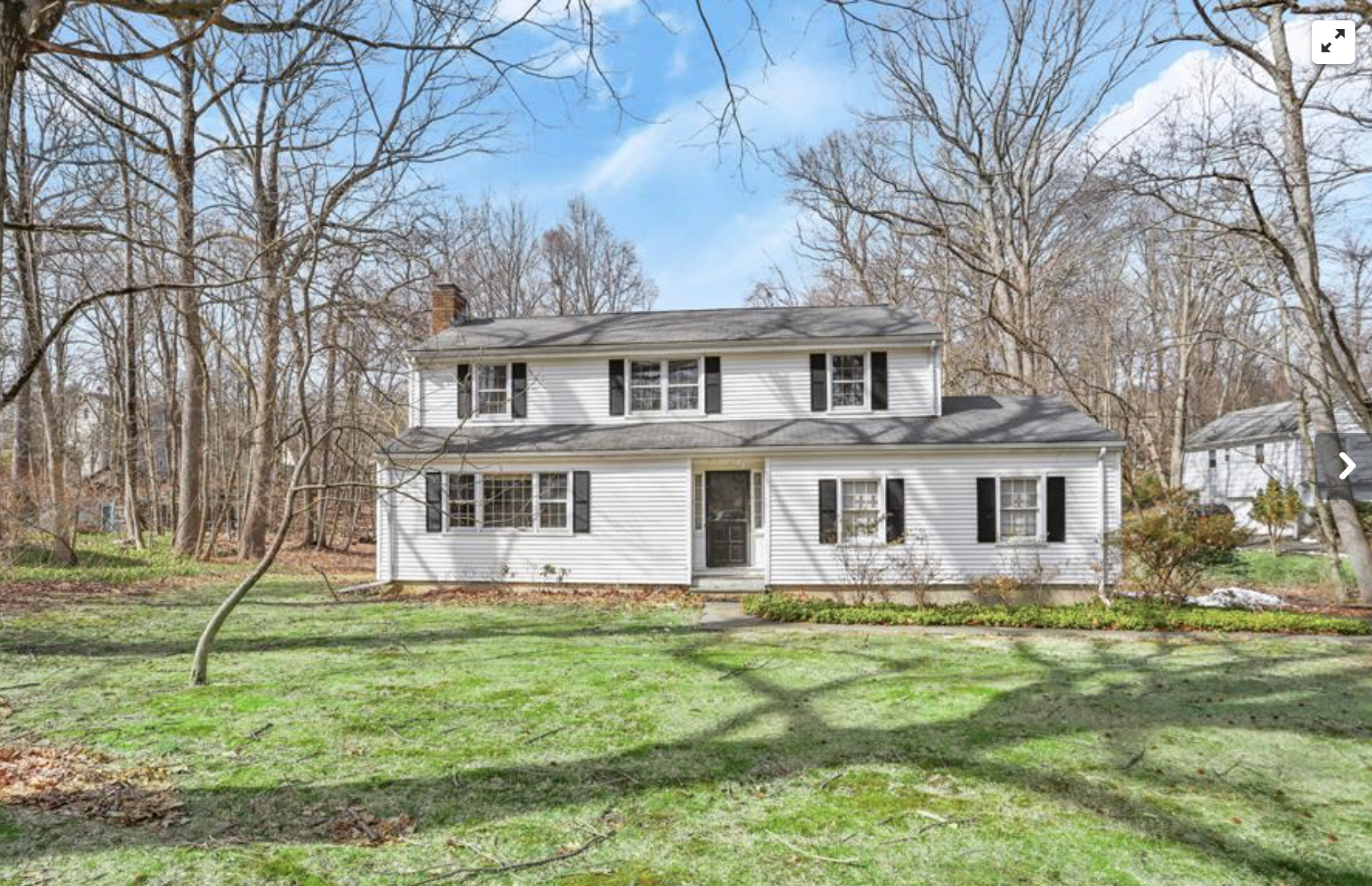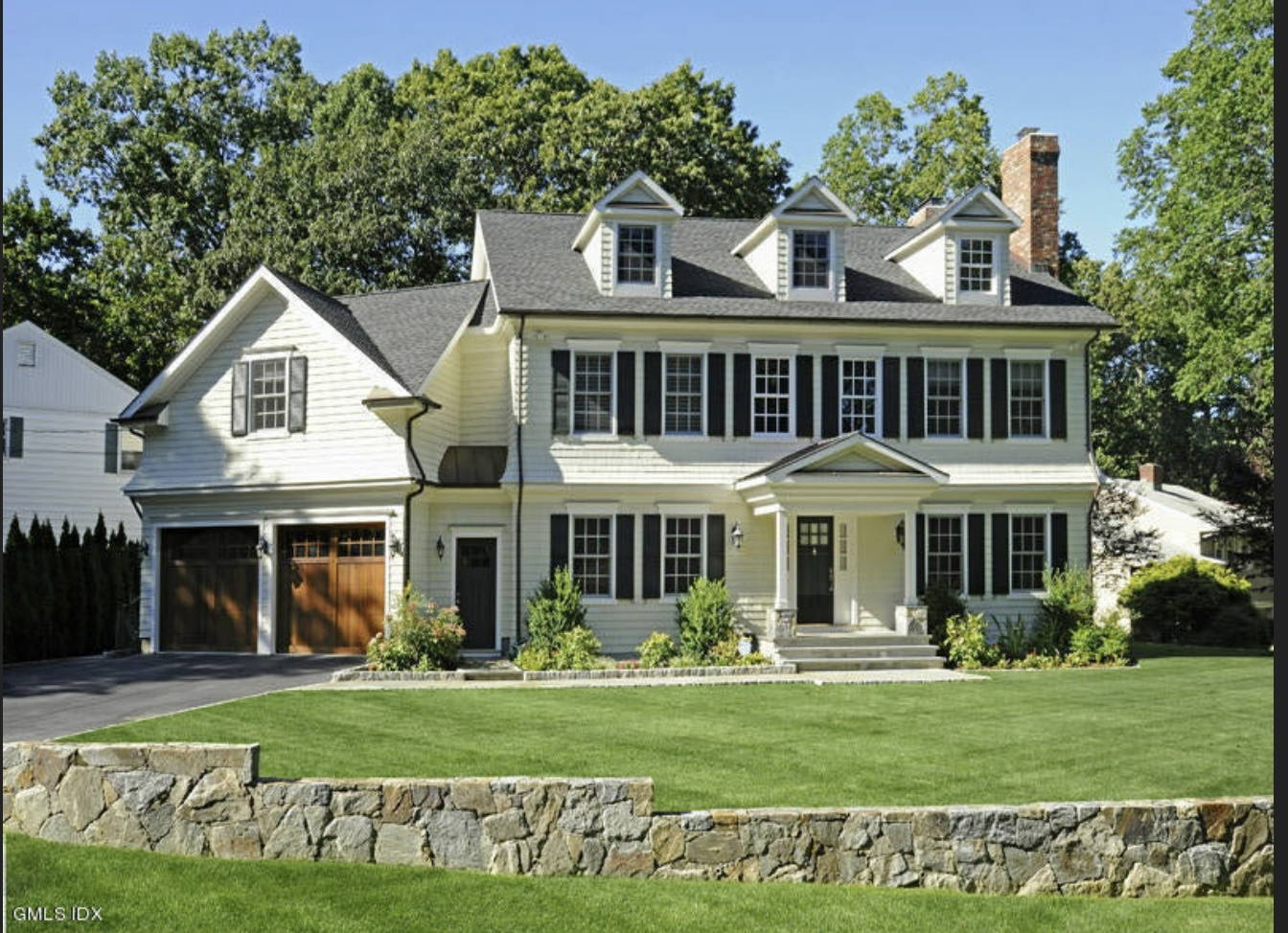The tide always starts its retreat from the high-water line.
/46 Dandy Drive, a teardown (“build new, or renovate, sold ‘as is’”, per listing) one an acre, has been reduced to $1.050, thirty days after coming out at $1.250. That’s a significant cut for this range; the silence from building trade must have been deafening.
Between lawyering and agenting, I’ve spent 40 years involved in the dirt-peddling business, and over the decades, I’ve watched builders expand into the fringe areas of town during good times, and then get hammered when the inevitable collapse comes. Take, for instance, the history of this 2007 construction at 9 Dandy Drive:
9 Dandy Drive
One of two homes put up by the same builder, it sold new in 2007 for $2,503,050 on an ask of $2.372, and last year, non-MLS, for $2.325.
The sister to that house at 27 Dandy sold for $2.542 million in ‘08, and the buyer, after asking for $2.925 in 2014, settled for $2.2 in 2015.
27 Dandy Drive
That builder lucked out on timing (although if memory serves, he had sold another house, the first of this project, in the $3s, and had to drop his price drastically to unload these two; don’t hold me to that, because if it did occur, I can find no record of it on the MLS), and it was his buyers who took the hit.
But there are plenty of similar stories where the builder got caught by a market collapse on streets like Hycliff, Riversville, Porchuck, Selden, and so on. As you drive around town in some of our traditionally-less-popular neighborhoods, you can track the various market cycles by the different ages of houses: there will be cluster of, say, 1950s houses, then a gap in the fossil record until the 70s, another gap, then mid-80s, etc., each gap indicating a pause by builders, even a retreat in the expansion from the more valuable areas, before they or their bankruptcy heirs retrieve their tools from the pawn shops and try again. Ain’t paleontology fun?
I certainIy can’t predict the future from just one building lot failing to sell on Dandy, but with loan money getting scarcer, and interest rates and building materials going up, it wouldn't surprise me to see the cautious builders return to strong neighborhoods and leave their bolder competitors out there on the fringes. Bank lawyers, start your engines.



